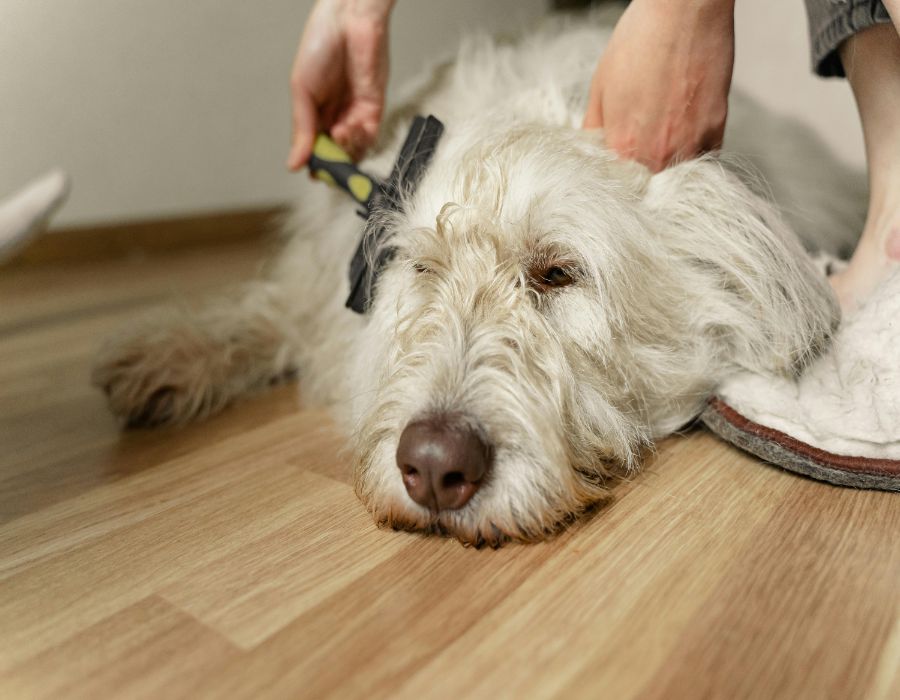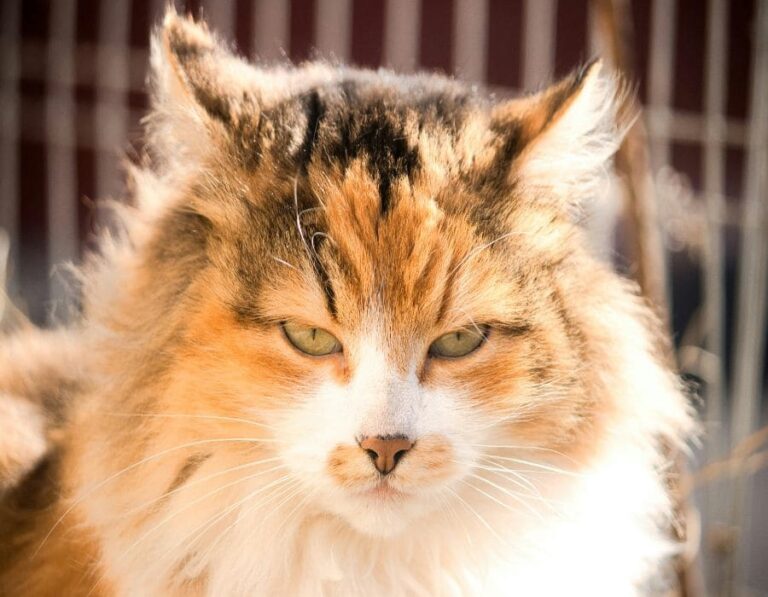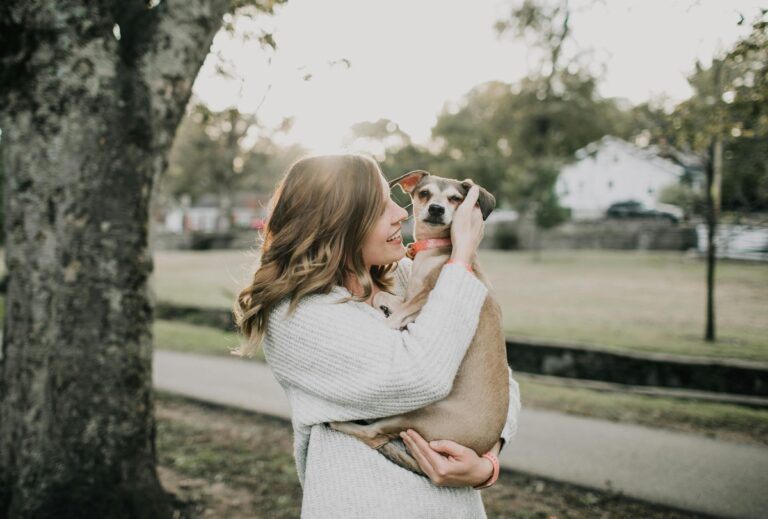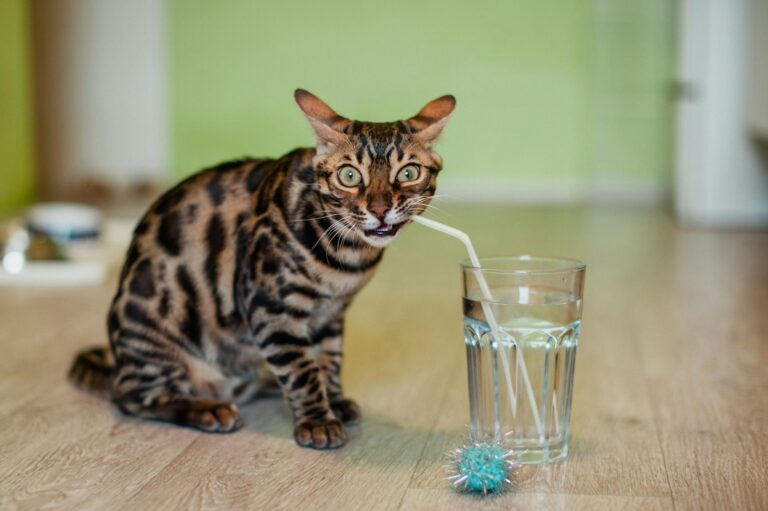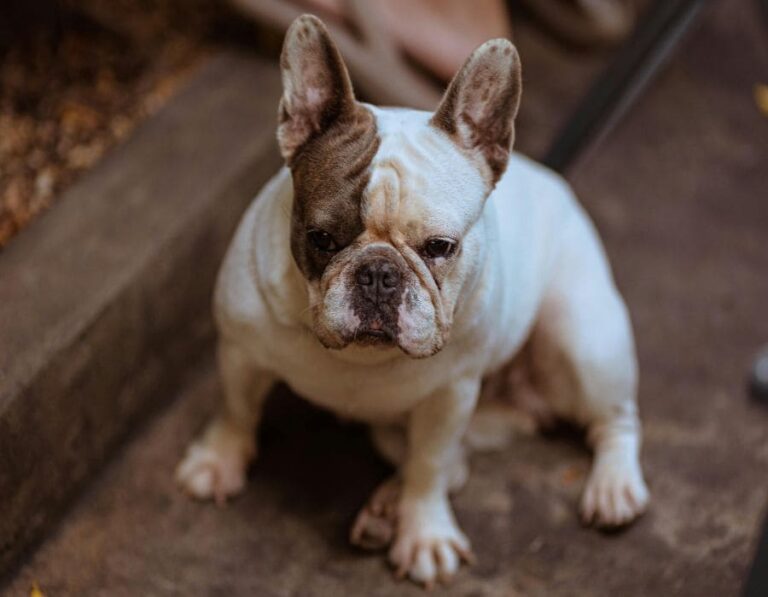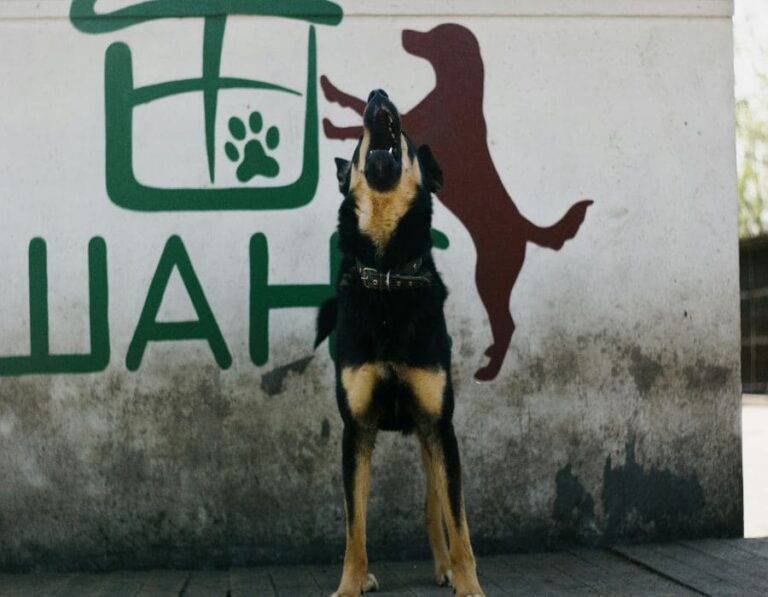10 Dog Breeds That Can’t Be Kept As City Pets
Living in the city offers many conveniences, but it can also present challenges for pet ownership, especially when it comes to choosing the right dog breed. City living often means smaller living spaces, busy streets, and limited outdoor areas, which can be difficult for certain dog breeds to adapt to. While many dogs thrive in urban environments, others are better suited for life in the country or suburbs, where they have more room to run, play, and exercise. Here’s a list of dog breeds that can’t be kept as city pets, and why they may struggle in an urban setting.
1. Great Dane
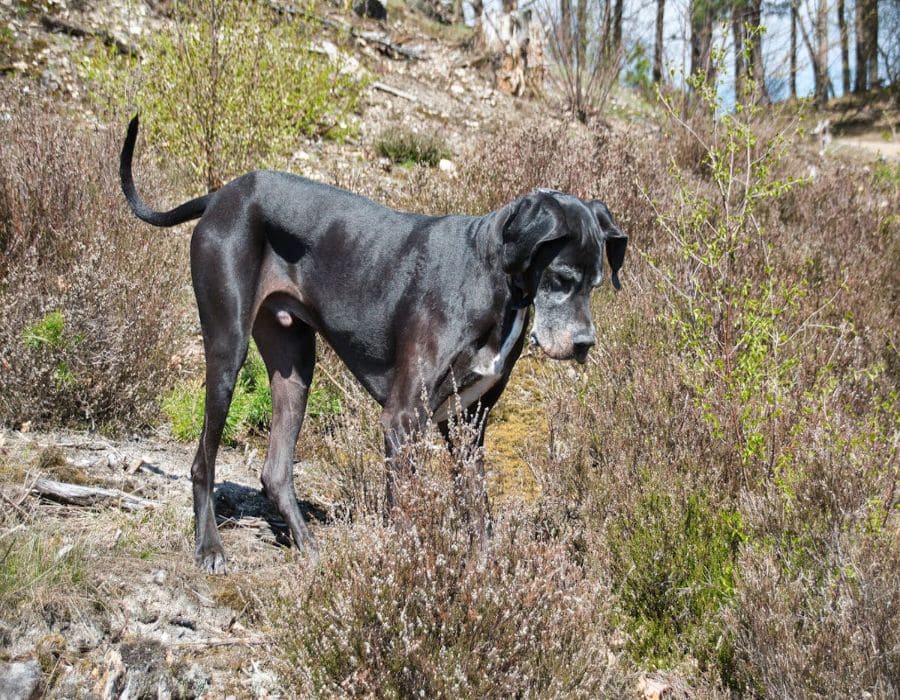
The Great Dane is one of the largest dog breeds, and while they are known for their gentle and affectionate nature, their size can make them unsuitable for city living. Great Danes require ample space to move around and thrive in environments where they can stretch their legs. In a small apartment or crowded city streets, they may struggle with limited space and a lack of opportunities for outdoor exercise. Additionally, their size can make it difficult for them to navigate narrow hallways or confined spaces.
2. Saint Bernard
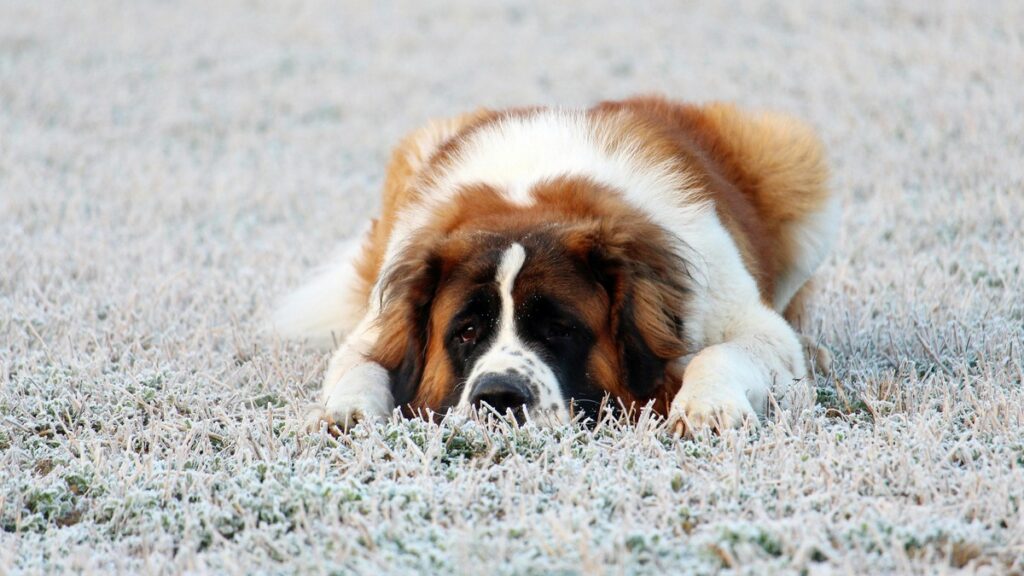
The Saint Bernard is another giant breed that requires plenty of space to be comfortable. Originally bred for mountain rescue work, these dogs are active, powerful, and need room to roam. In a city, they may become restless and anxious if not provided with enough space to exercise. Their large size also makes it challenging to live in smaller homes, and they are more likely to knock things over in cramped spaces. While Saint Bernards are friendly and gentle, they need a big yard or access to larger open areas to thrive.
3. Mastiff
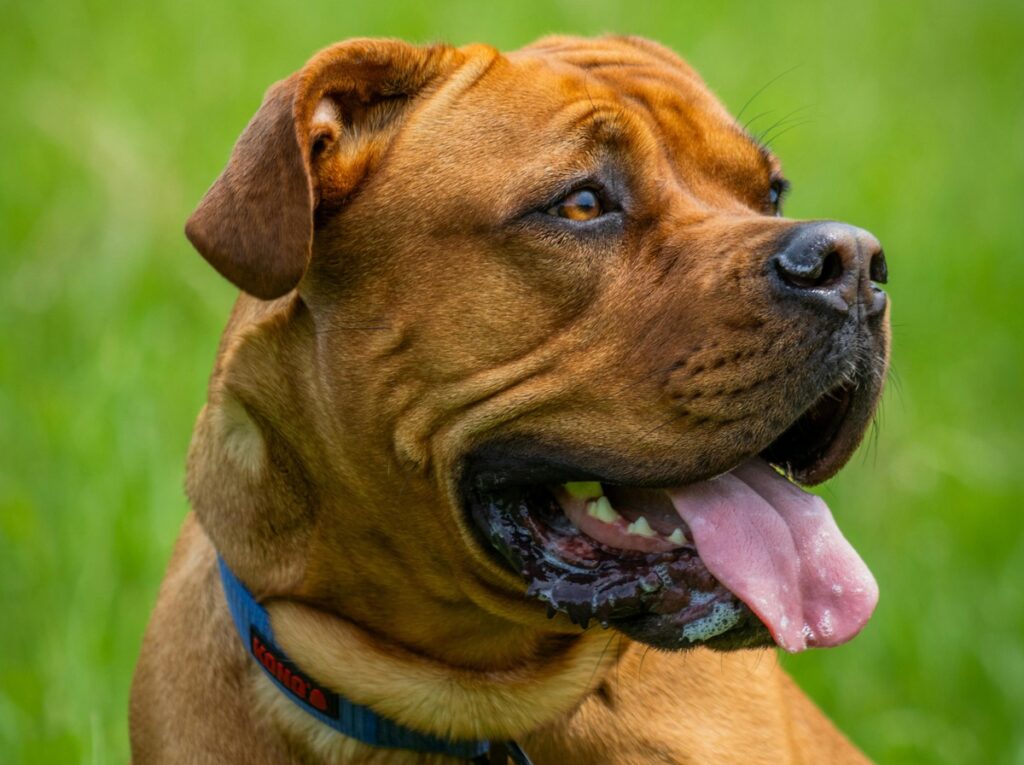
The Mastiff is a large, imposing dog that is known for its calm demeanor and loyalty. While they are usually laid-back, their sheer size and strength can be a challenge in the city. Mastiffs require a lot of space to move around and are not ideal for apartments or homes with limited room. Additionally, their size makes them less agile in crowded environments, and they may struggle with the constant noise, traffic, and crowds typical in urban areas. Mastiffs do best in homes with large yards or in less densely populated areas where they have room to roam.
4. Siberian Husky
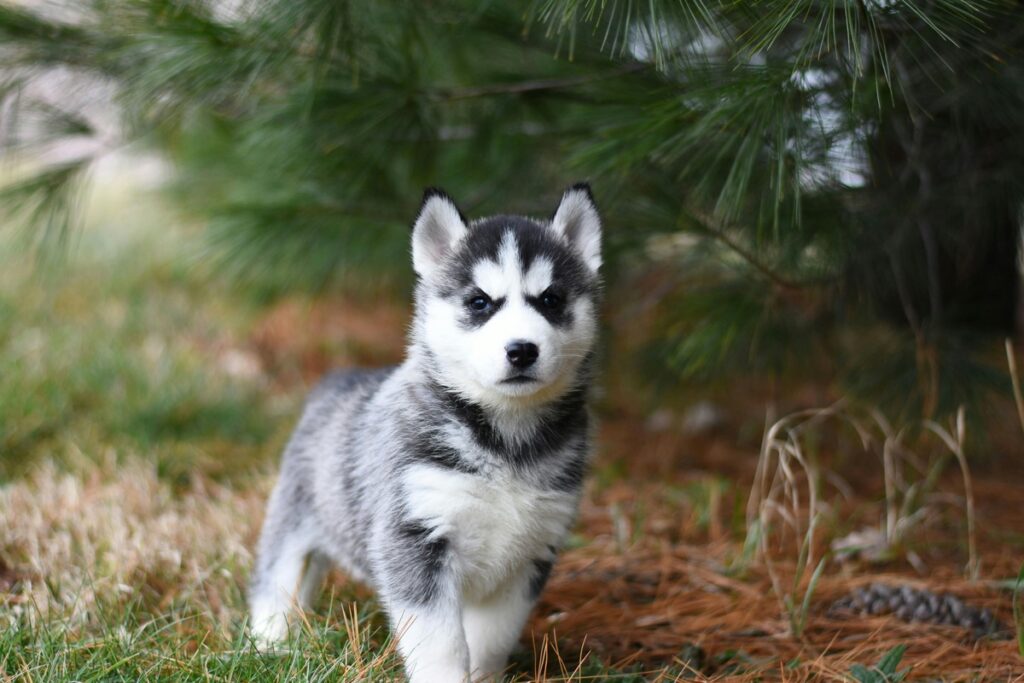
The Siberian Husky is a high-energy dog originally bred to pull sleds in cold climates. Huskies are known for their independence, intelligence, and love of running. They require a lot of exercise and space to roam, making them less suited for urban living. In the city, a husky may become bored and frustrated due to a lack of open spaces, leading to destructive behaviors. Additionally, their high prey drive and need for mental stimulation can make city environments overwhelming. Huskies do best in areas where they have access to larger parks, trails, and other outdoor spaces.
5. Chow Chow
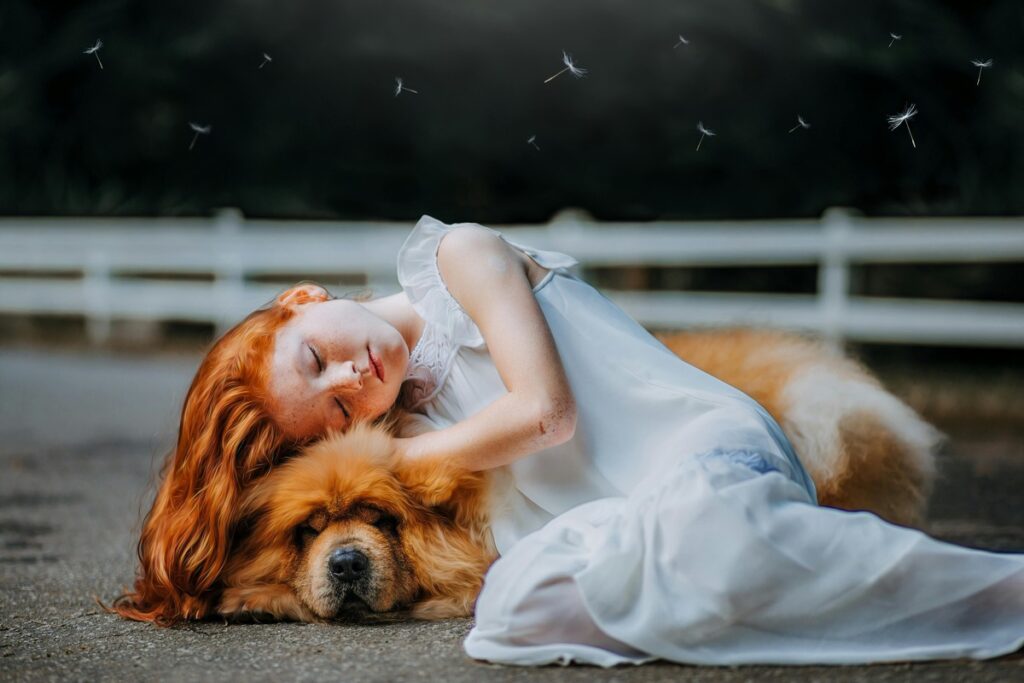
The Chow Chow is an independent, aloof dog known for its distinctive lion-like mane and strong-willed personality. While they are often calm and quiet, their territorial nature and need for independence can make them difficult to manage in a city setting. Chow Chows are not overly social with other dogs or strangers, and they may become agitated in busy, crowded areas. They also need space to move around and secure fencing to prevent them from wandering off. Chow Chows thrive in quieter environments where they have their own space to relax and feel secure.
6. Irish Wolfhound
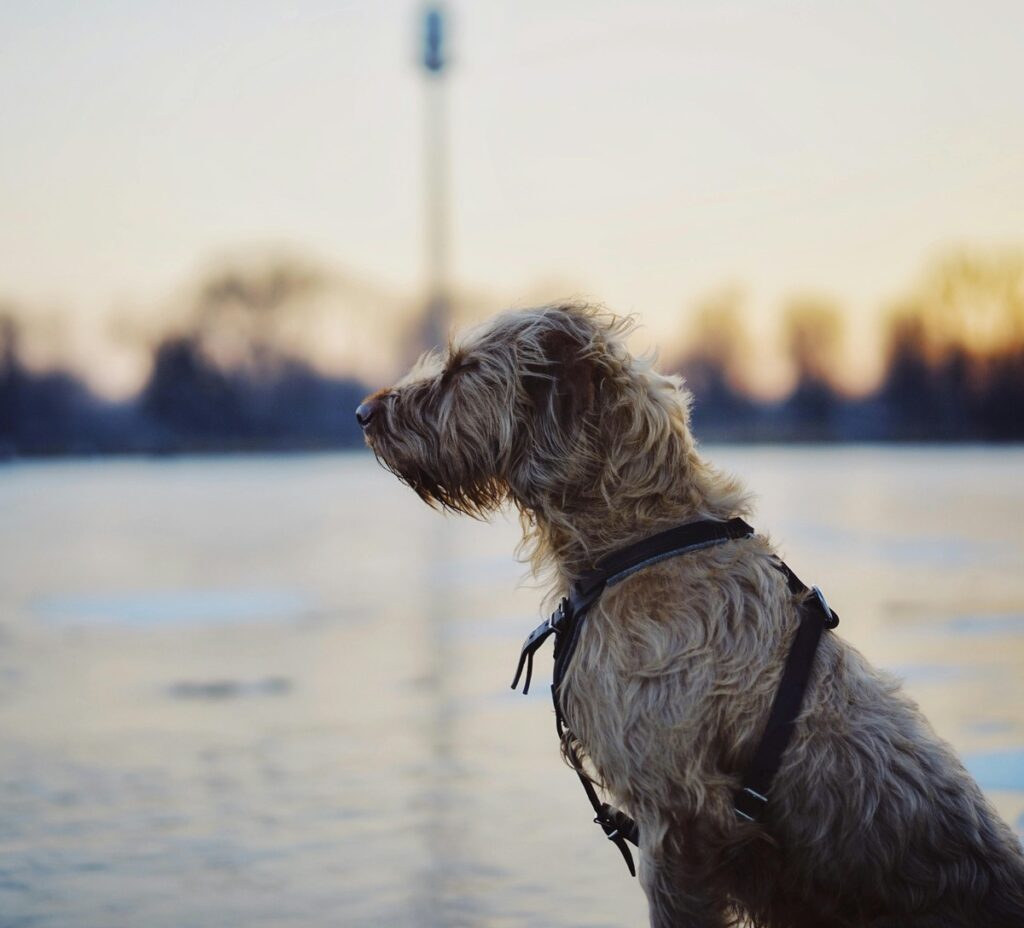
The Irish Wolfhound is a giant breed that was originally bred to hunt large game. Known for their gentle nature and calm demeanor, they are still a very large breed that requires a lot of space to feel comfortable. Irish Wolfhounds are not well-suited for apartment living due to their size and exercise needs. They need to run and play in large areas to burn off energy, which can be hard to come by in the city. While they can adapt to urban environments if provided with plenty of exercise, they are generally better suited for homes with large yards or rural living.
7. Akita
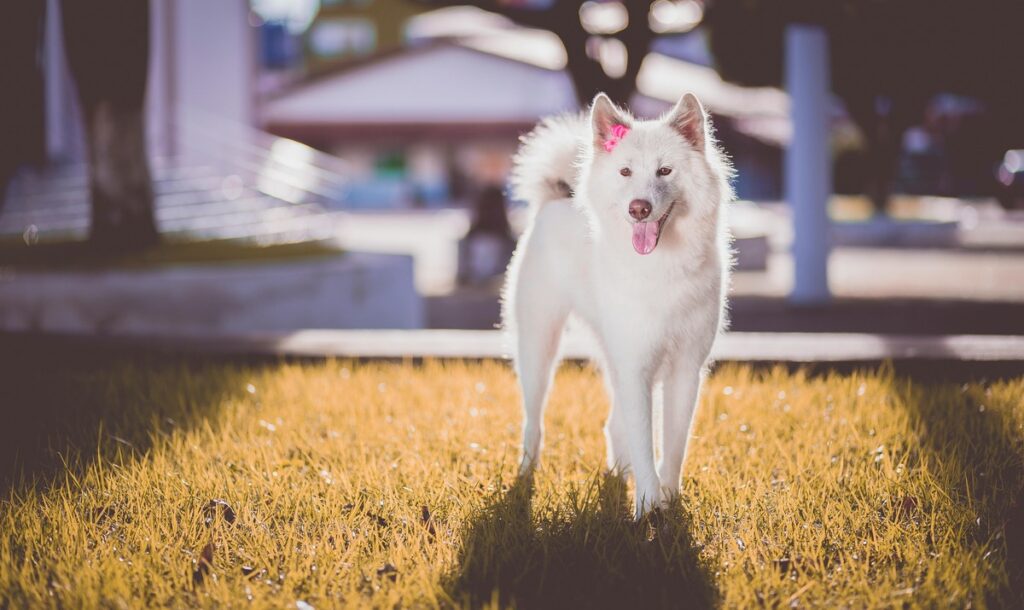
The Akita is a powerful and independent breed that requires an experienced owner. Akitas are territorial and have a strong guarding instinct, which can make them difficult to manage in crowded city environments. They also require ample exercise to keep them mentally and physically stimulated. In the city, an Akita may become agitated by noise, strangers, and other dogs, leading to possible behavioral issues. Akitas are better suited for homes in suburban or rural areas where they have space to run and enjoy a more peaceful environment.
8. Doberman Pinscher
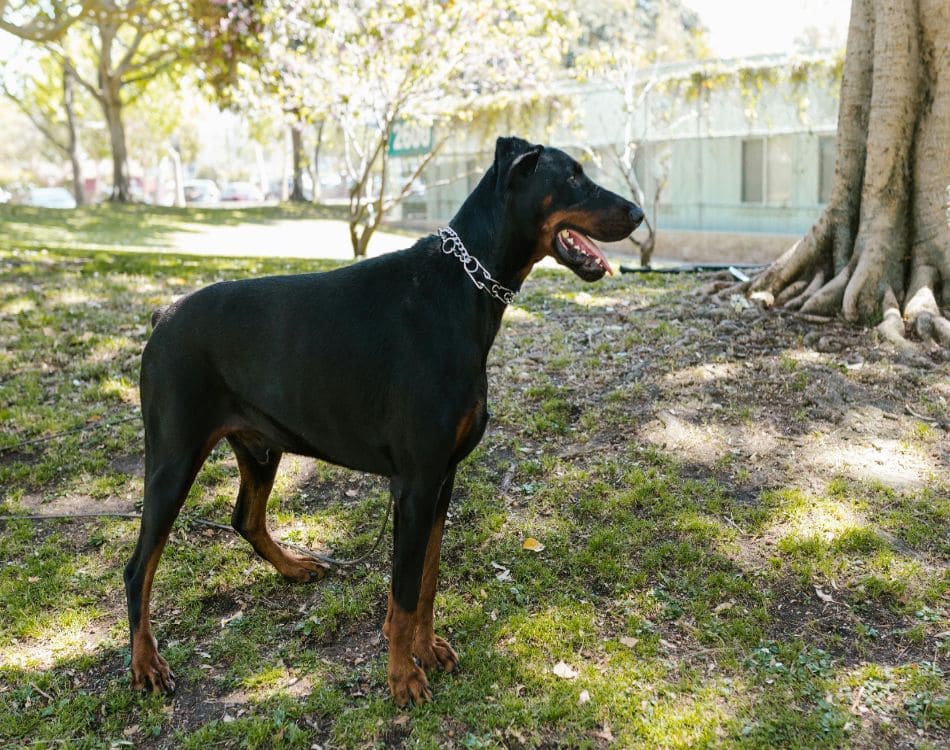
While the Doberman Pinscher is an intelligent and loyal dog, they can be too high-energy and territorial for city living. Dobermans need regular physical and mental stimulation to stay happy and healthy. In urban environments, they may become anxious or aggressive if they don’t get enough exercise or attention. Dobermans are also sensitive to noise and may react poorly to the constant hustle and bustle of the city. While they can live in apartments with enough exercise, they thrive better in homes with fenced yards and access to outdoor space.
9. Belgian Malinois
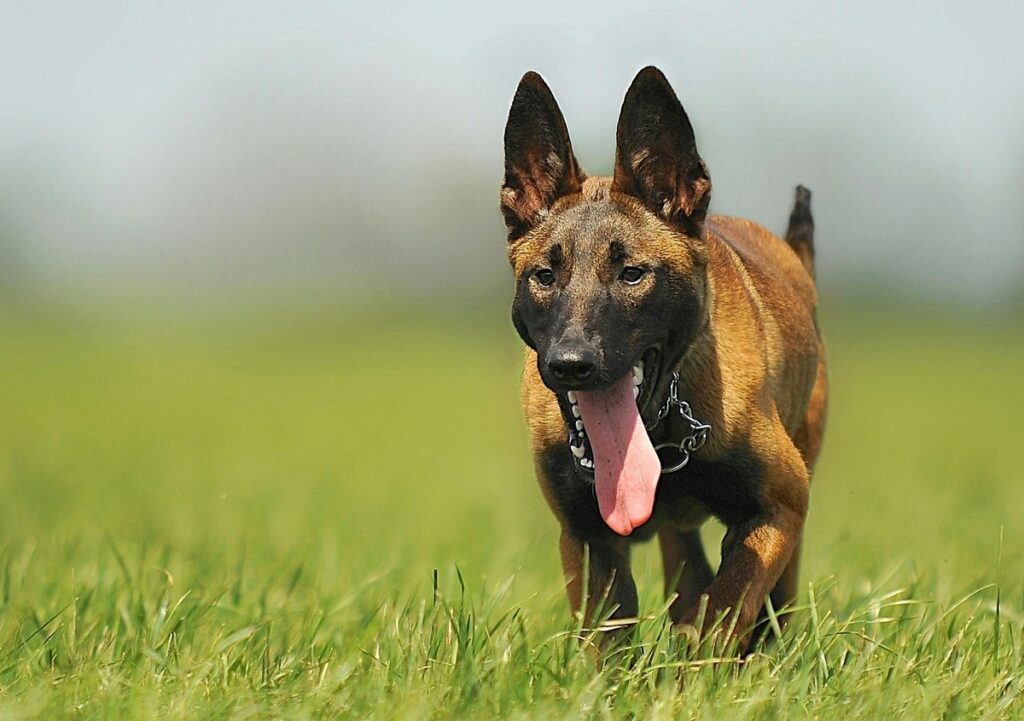
The Belgian Malinois is an extremely active, intelligent, and work-oriented breed. Originally bred for herding and working alongside police and military personnel, Malinois dogs require intensive training and plenty of exercise. They are best suited for owners who can provide them with an outlet for their high energy levels. In the city, a Belgian Malinois may struggle with boredom and frustration, which can lead to destructive behaviors. These dogs need large spaces to run and mental challenges to stay content, making them more suited for rural or suburban living with open fields or parks.
10. Bullmastiff
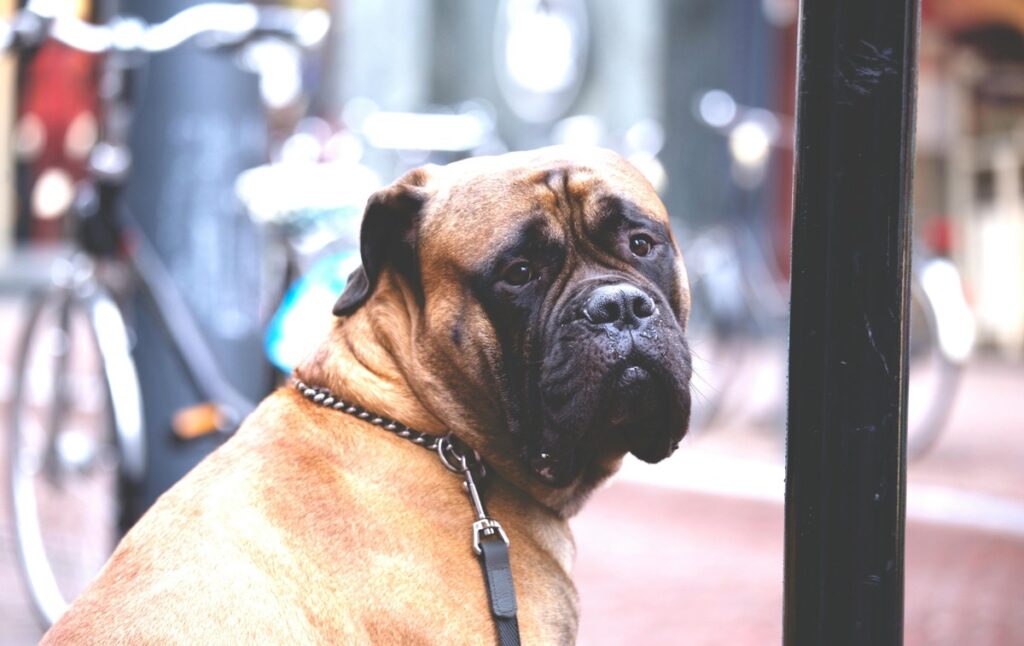
The Bullmastiff is a large, gentle giant that was originally bred to guard estates. Despite their calm demeanor, their size and guarding instincts make them less suitable for apartment living. Bullmastiffs require plenty of space to feel comfortable, and they are known for their territorial nature. In a city, they may become agitated by the constant activity and noise. Bullmastiffs are more comfortable in homes with large yards or in less densely populated areas where they can guard their territory and relax without constant stimulation.
Conclusion

While city living can be convenient, it’s not always ideal for every dog breed. Dogs that are large, high-energy, or territorial often struggle in urban environments where space is limited and outdoor access is restricted. Breeds like the Great Dane, Siberian Husky, and Irish Wolfhound need room to roam and exercise freely, which can be challenging in the crowded, noisy environment of a city. When choosing a dog for city living, it’s important to consider not only the breed’s temperament and energy levels but also its exercise needs and ability to adapt to urban life. For city dwellers, smaller, low-energy breeds that are more adaptable to confined spaces and noise tend to be a better fit.

